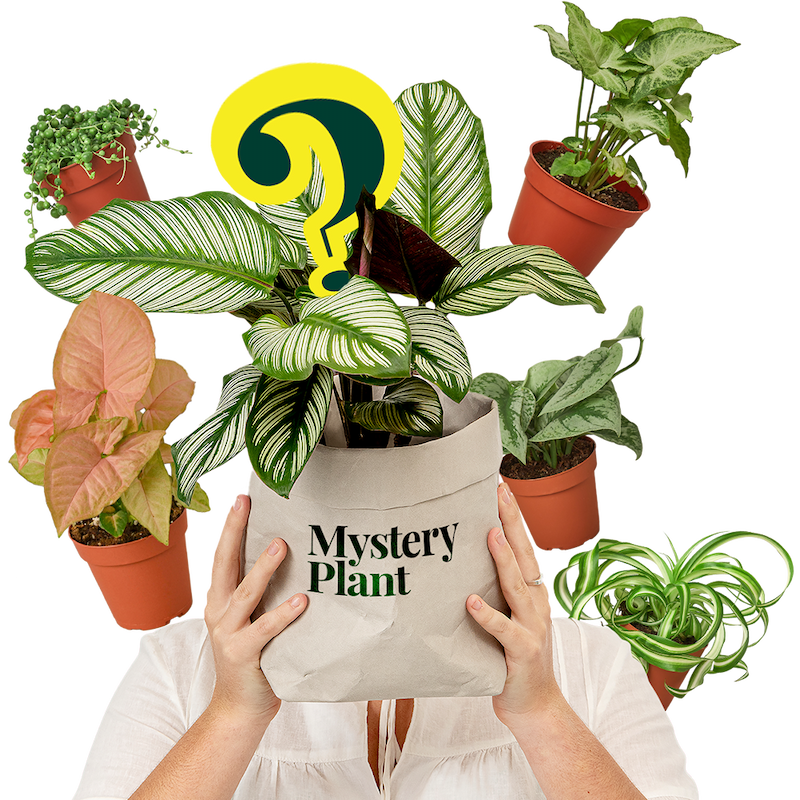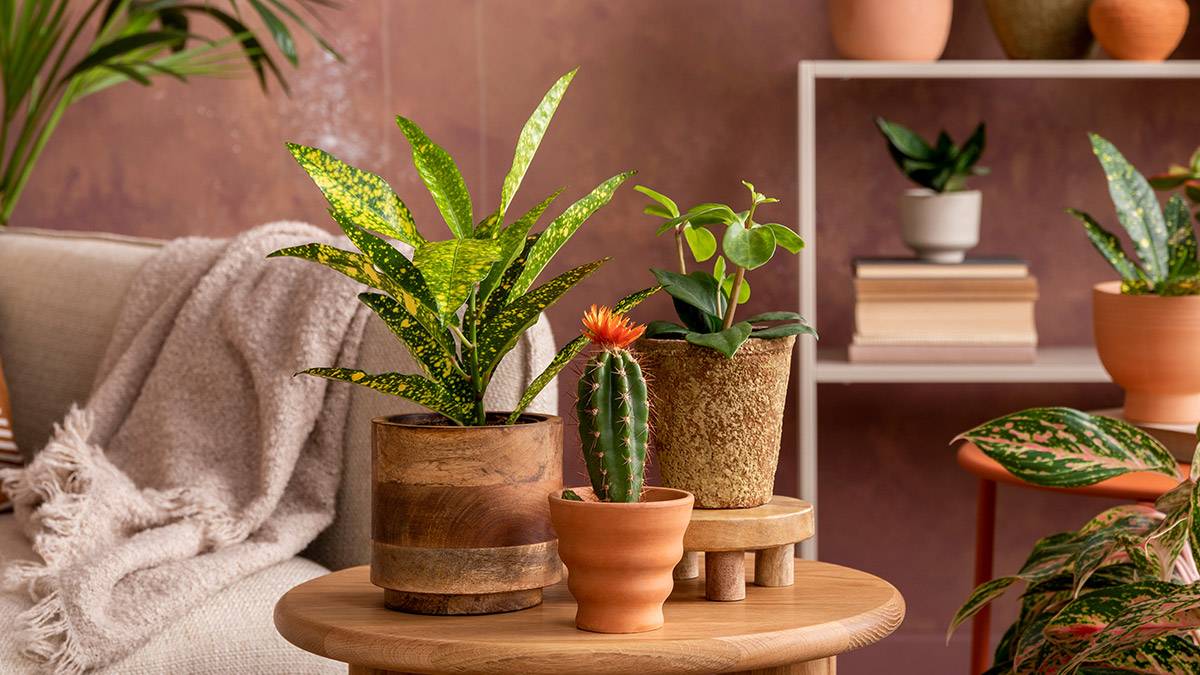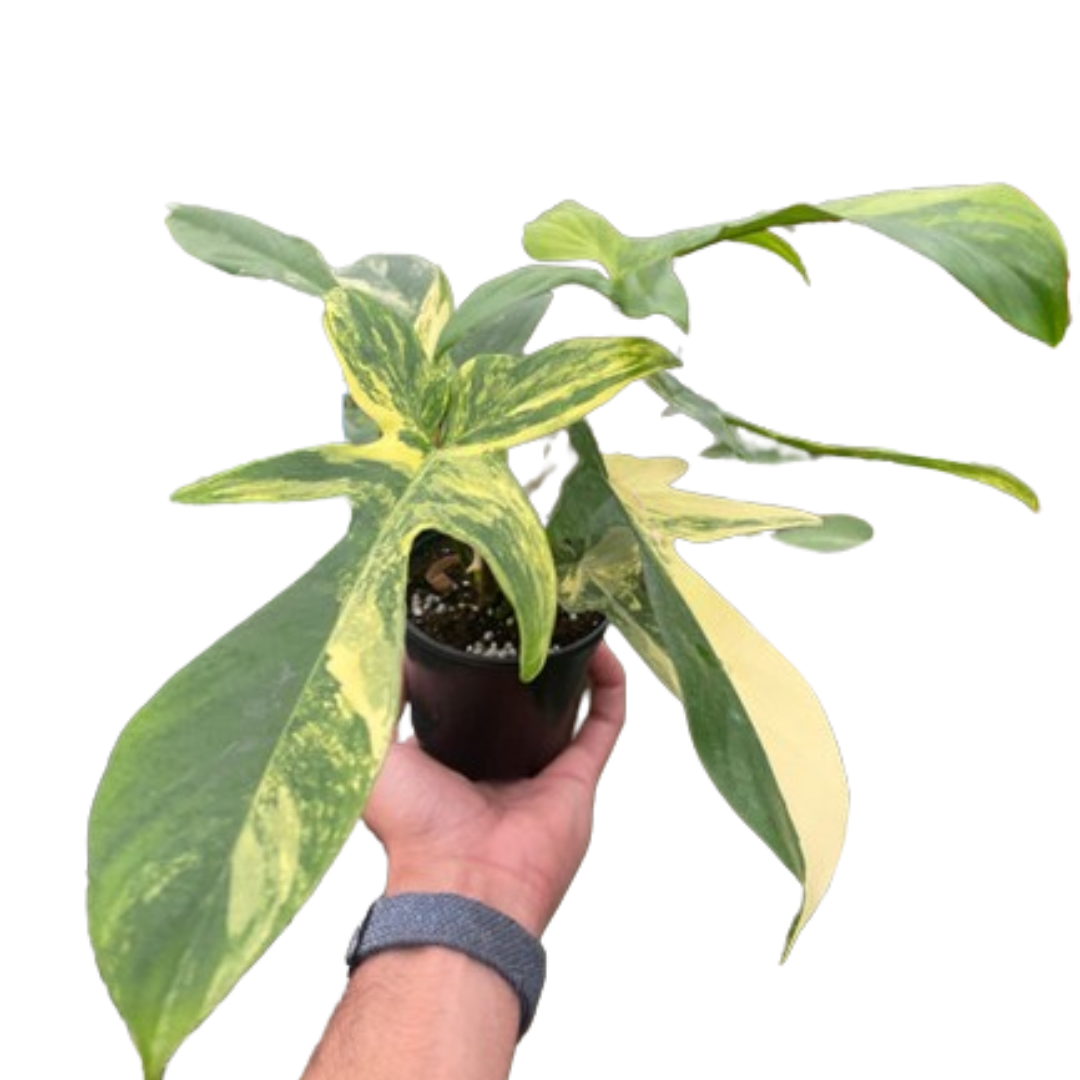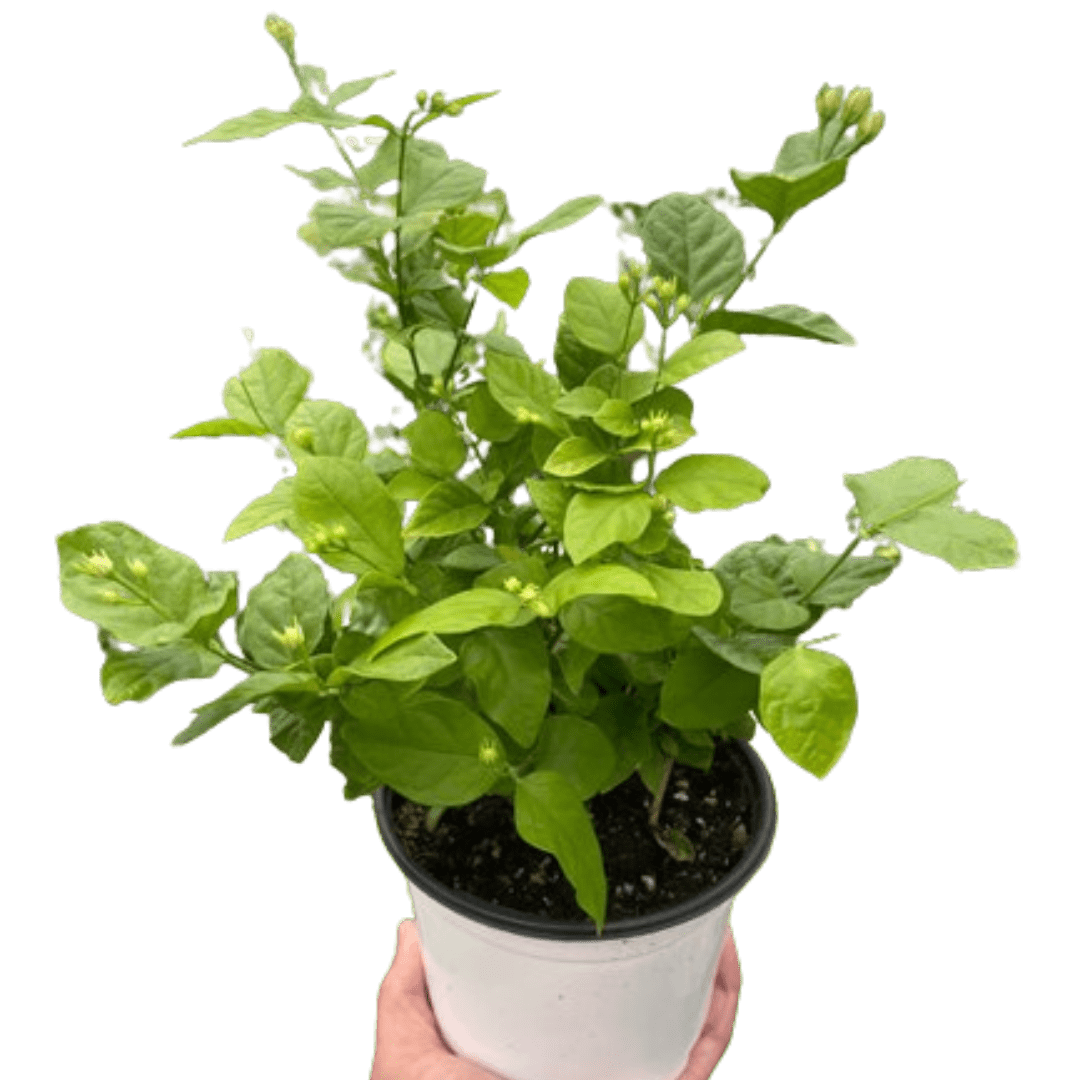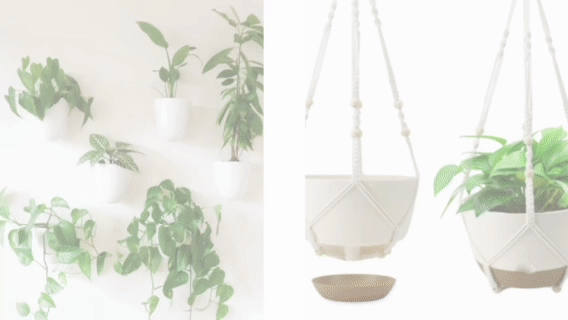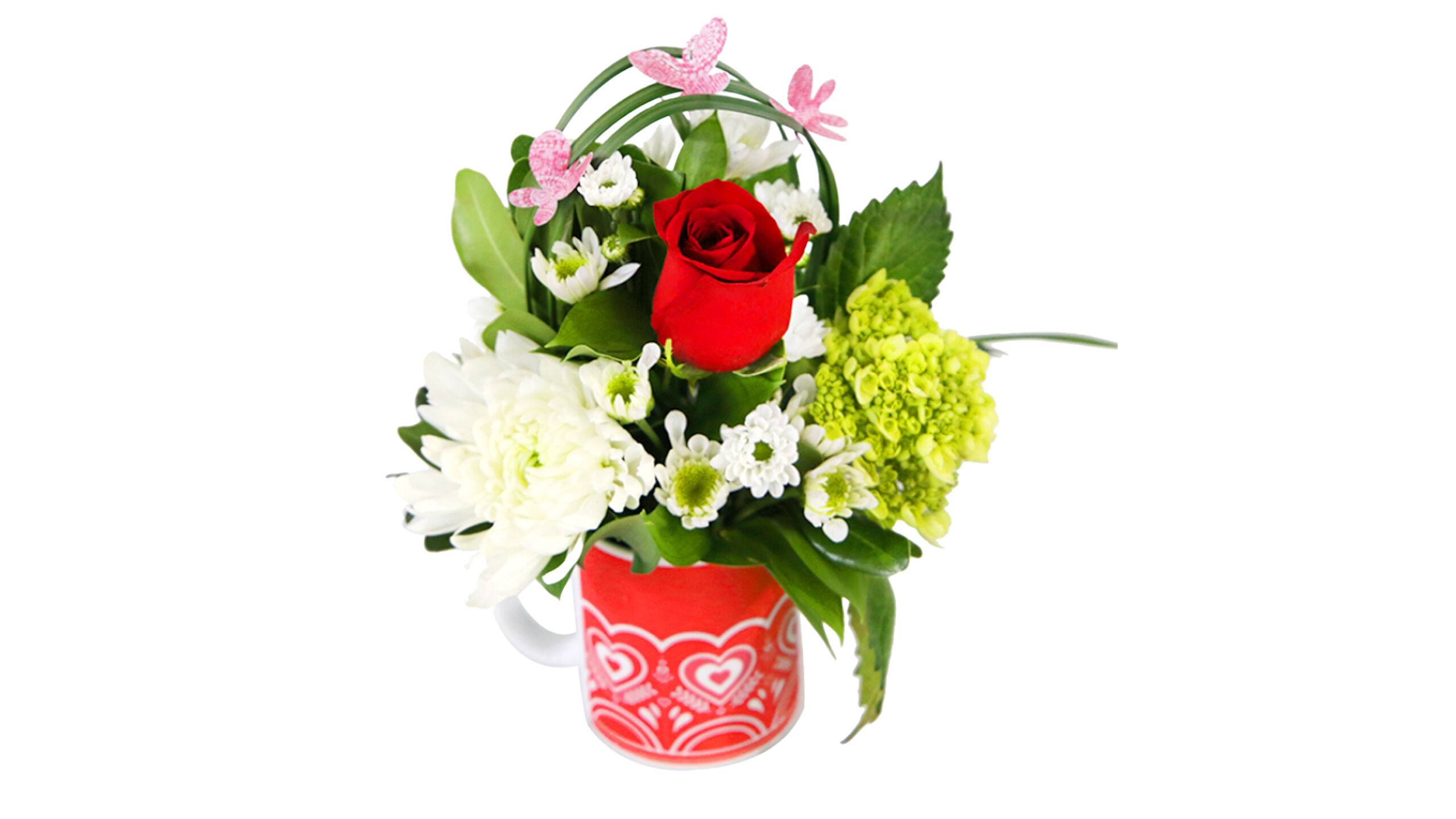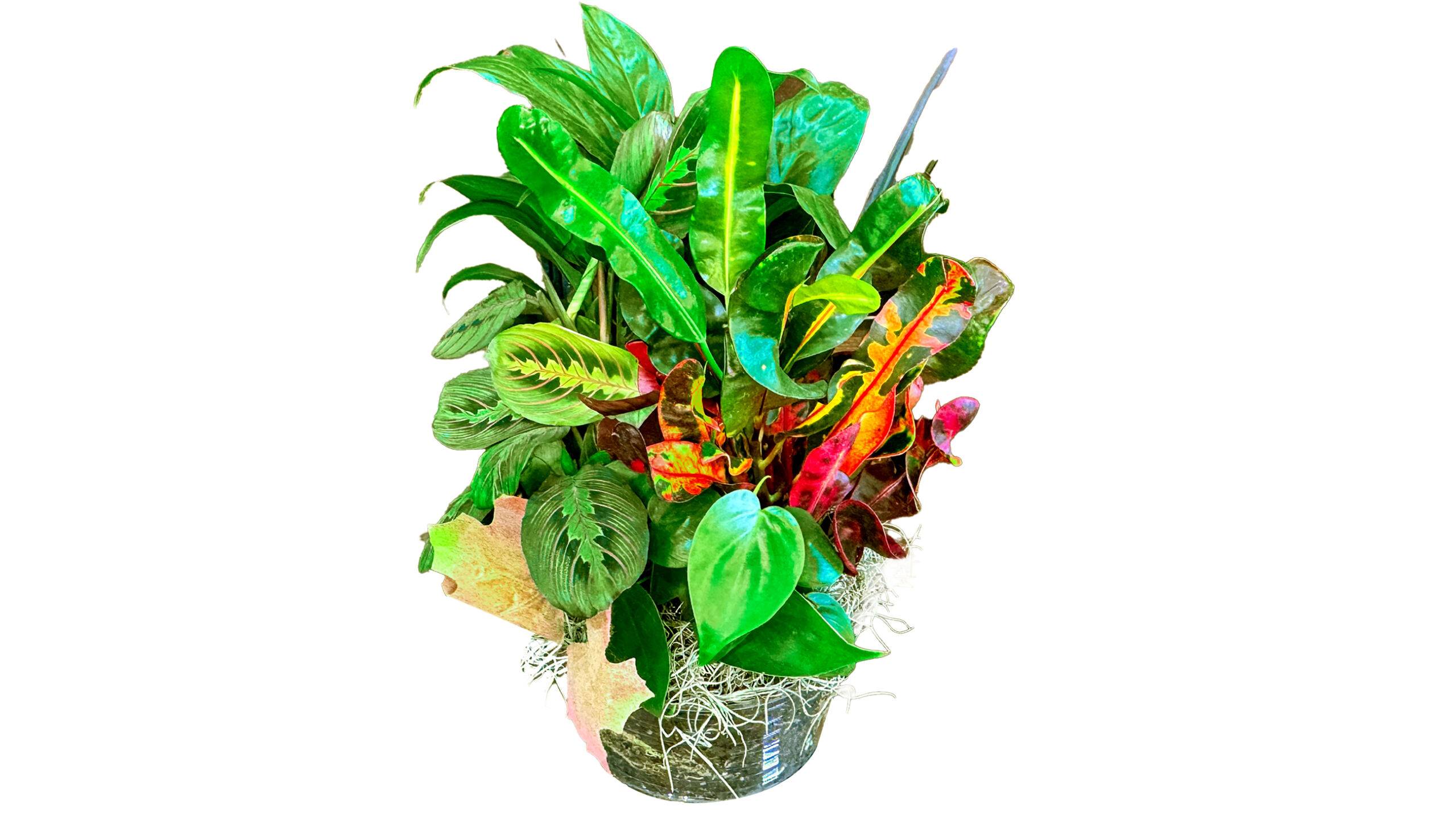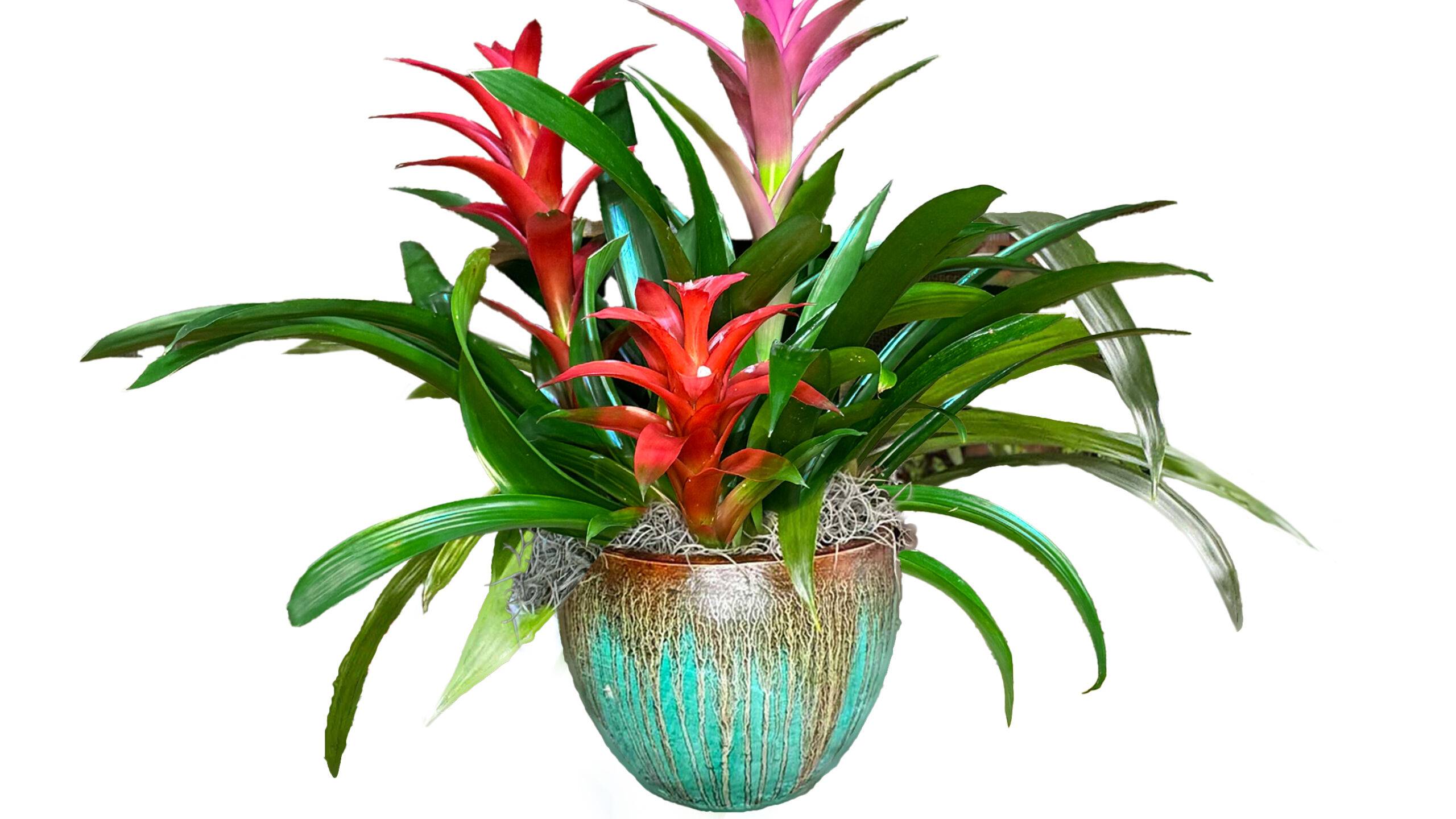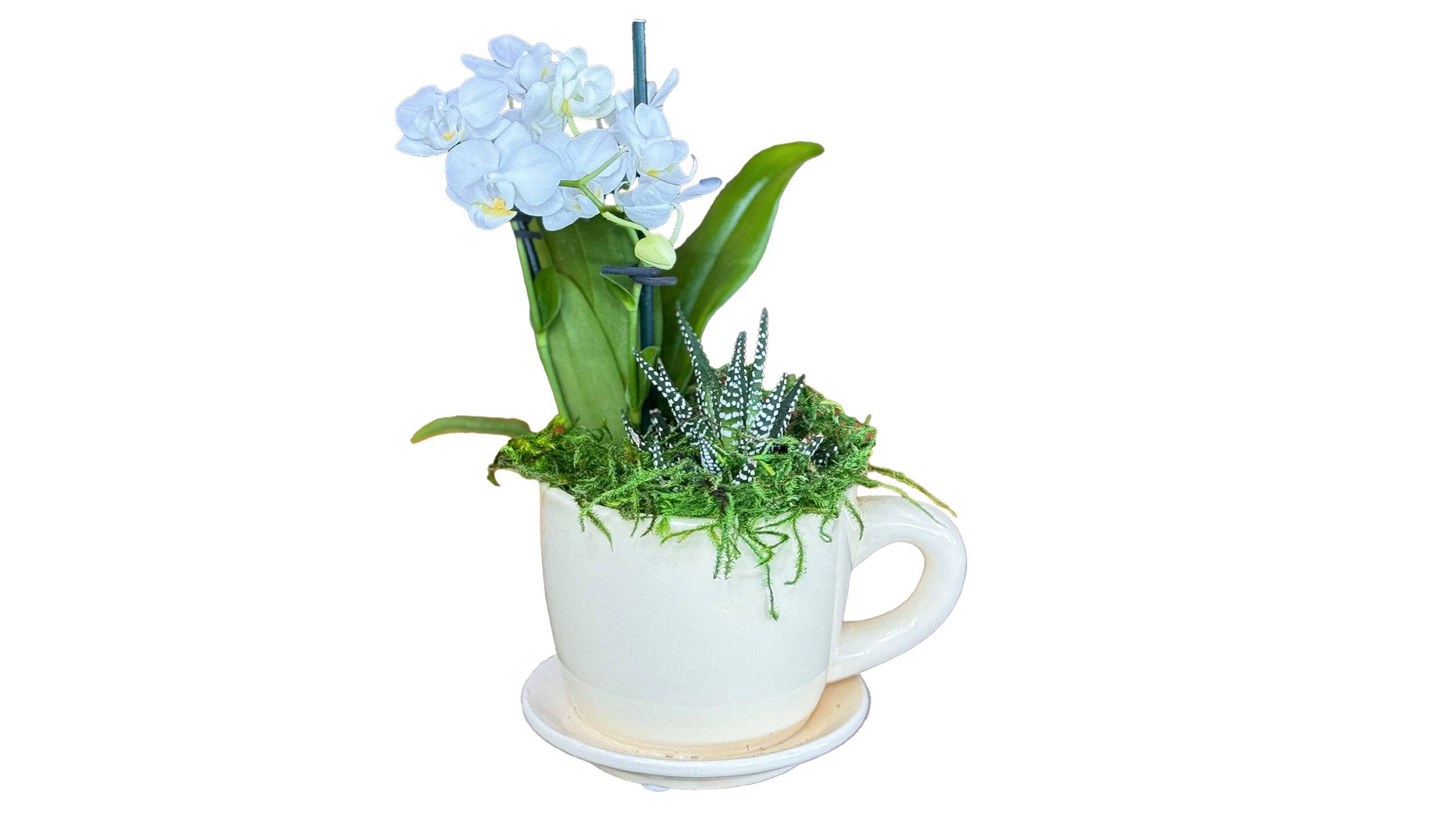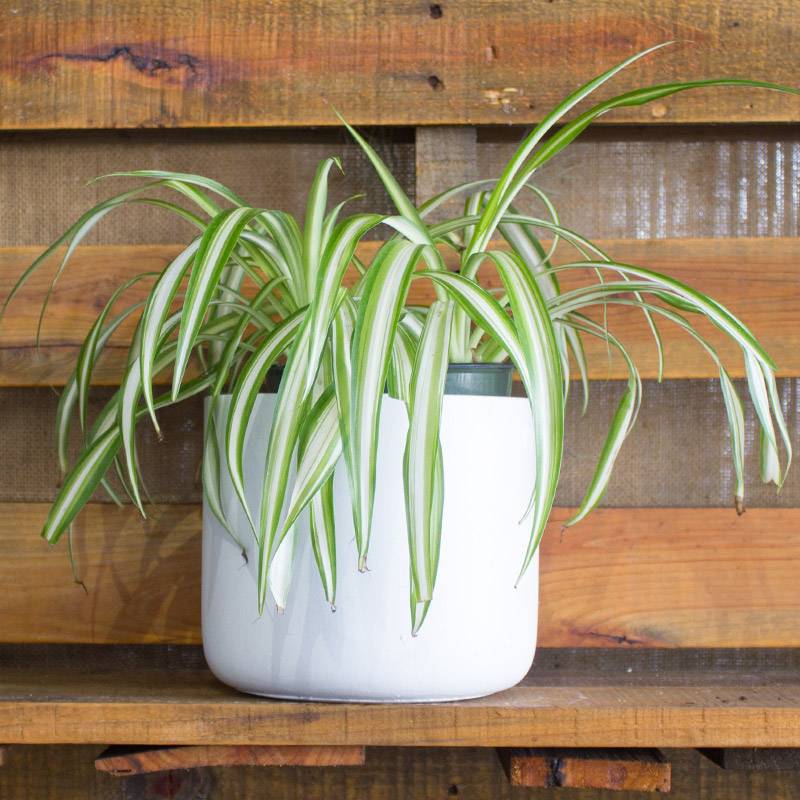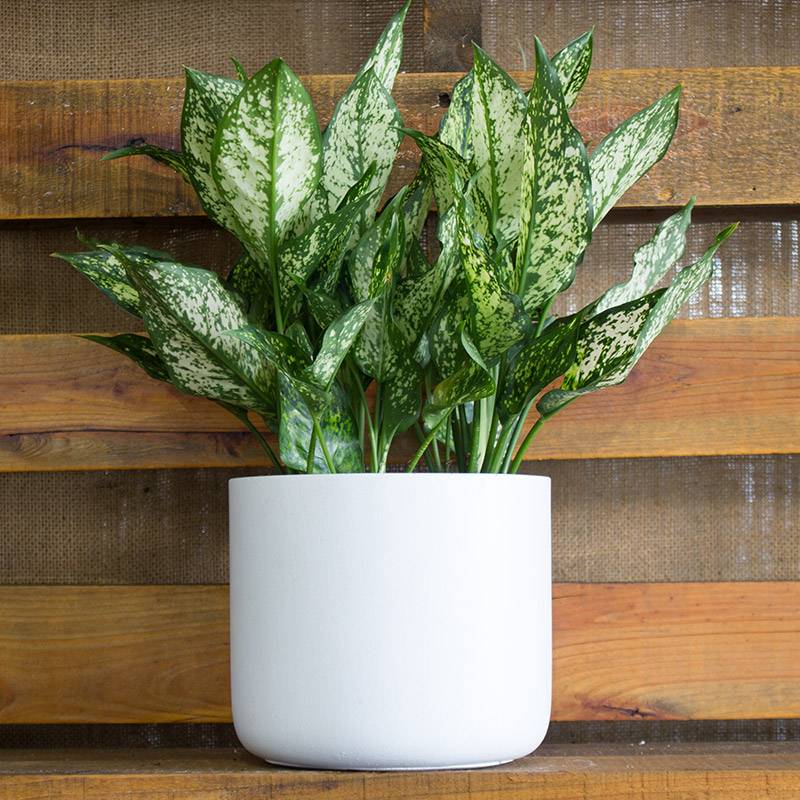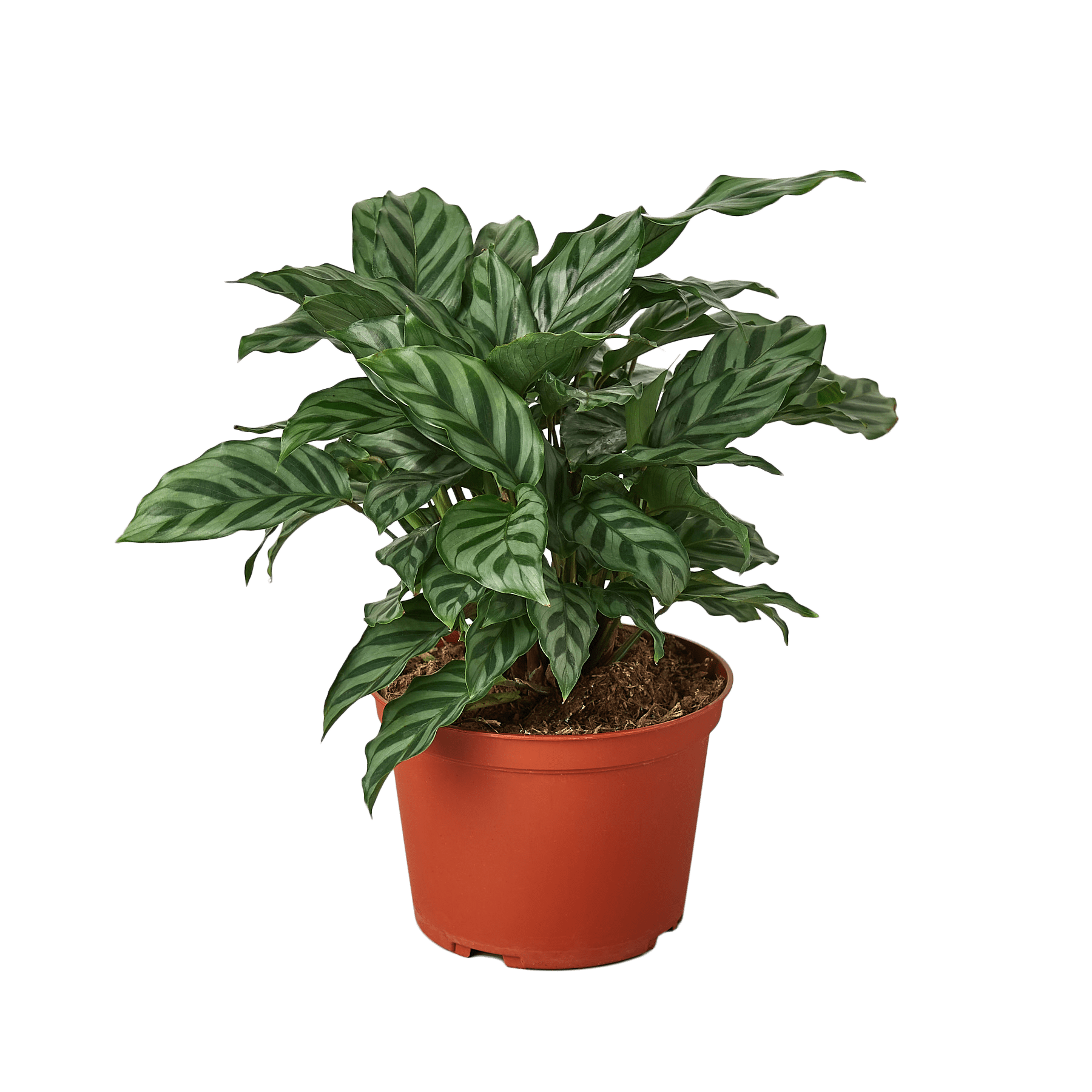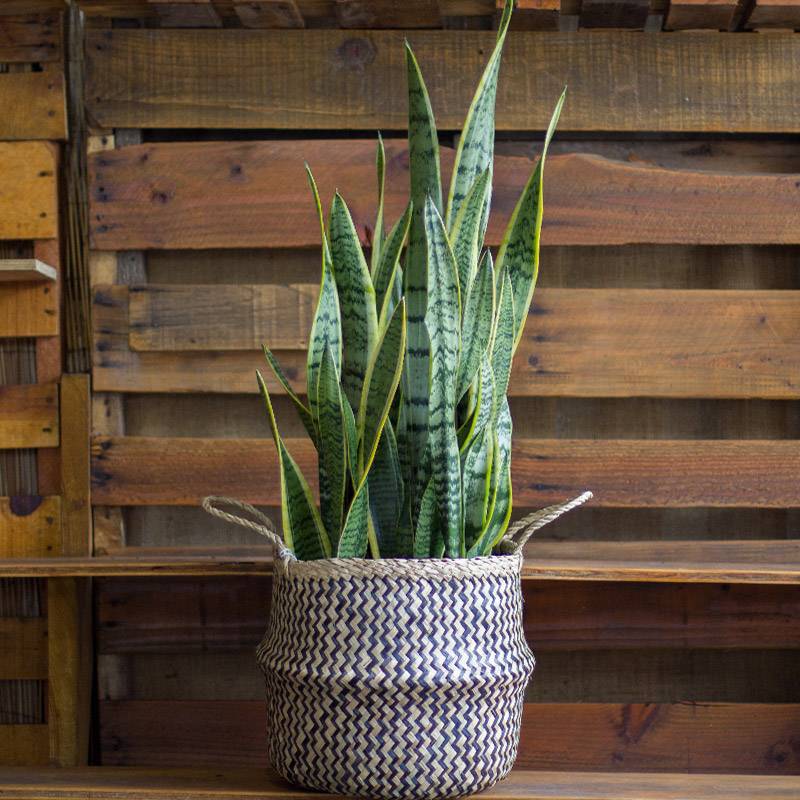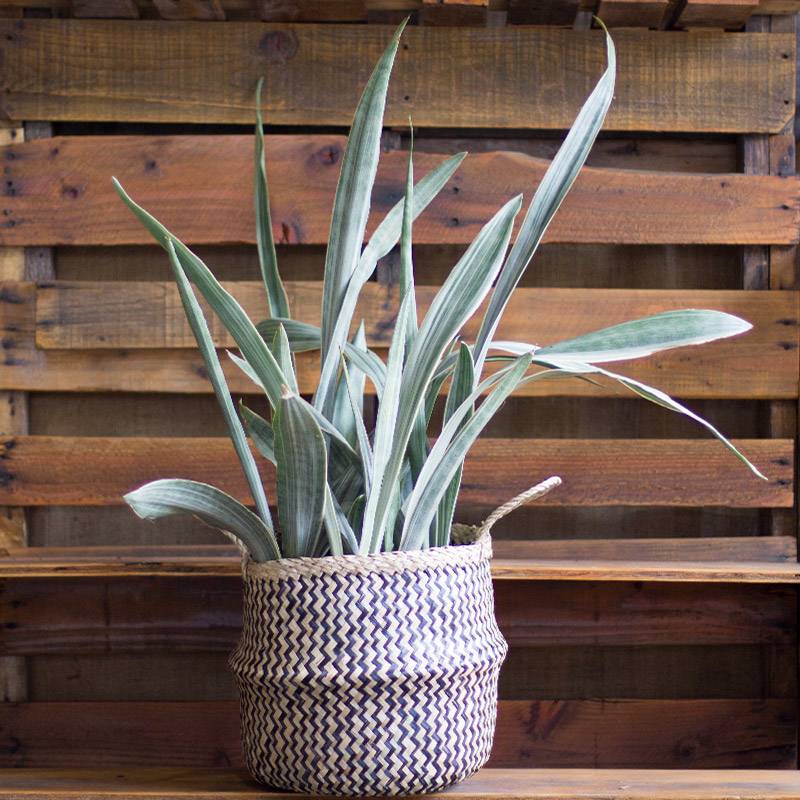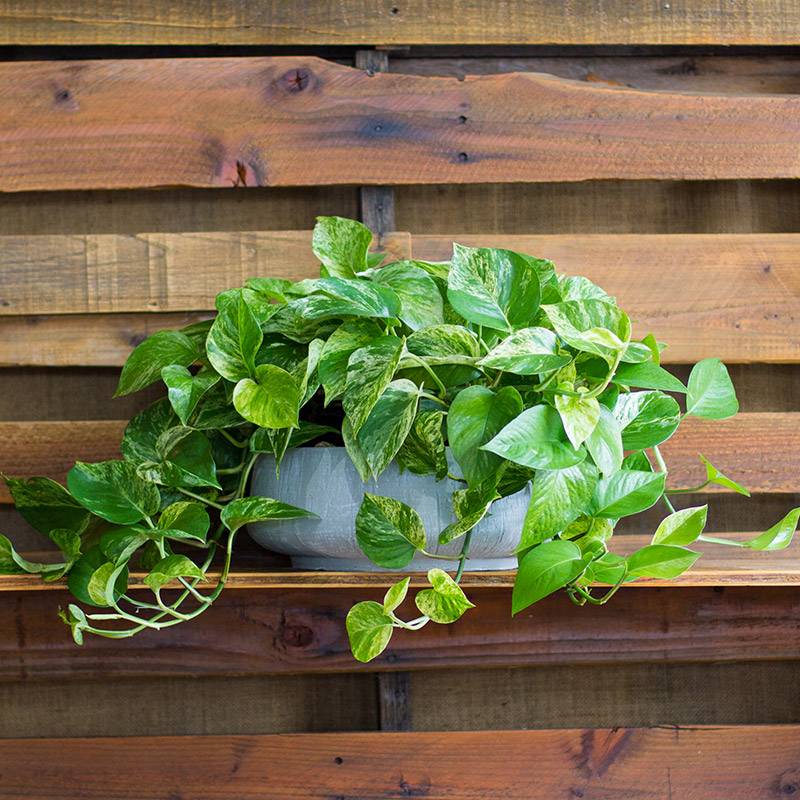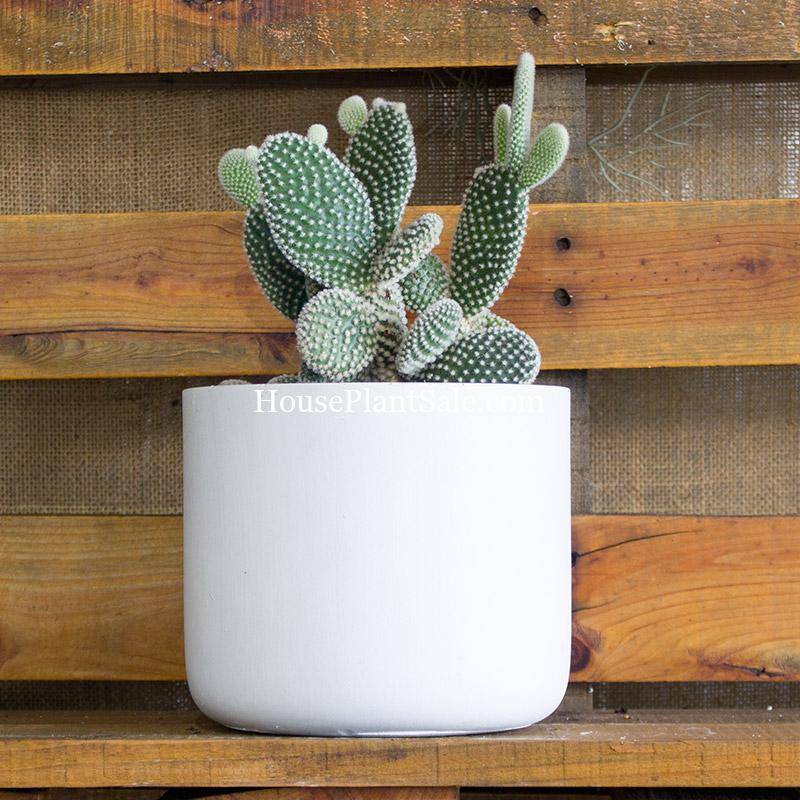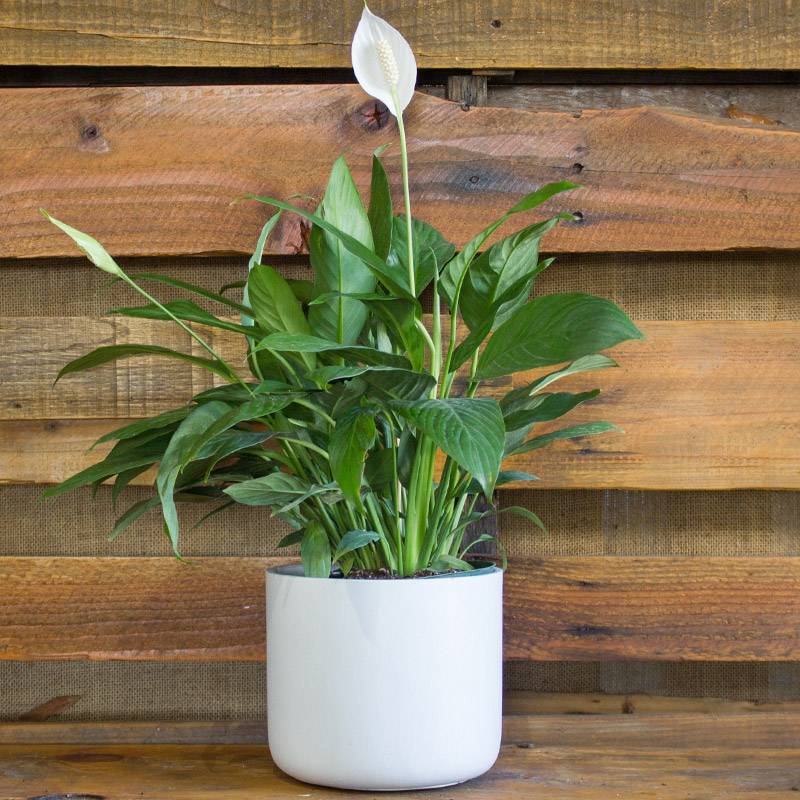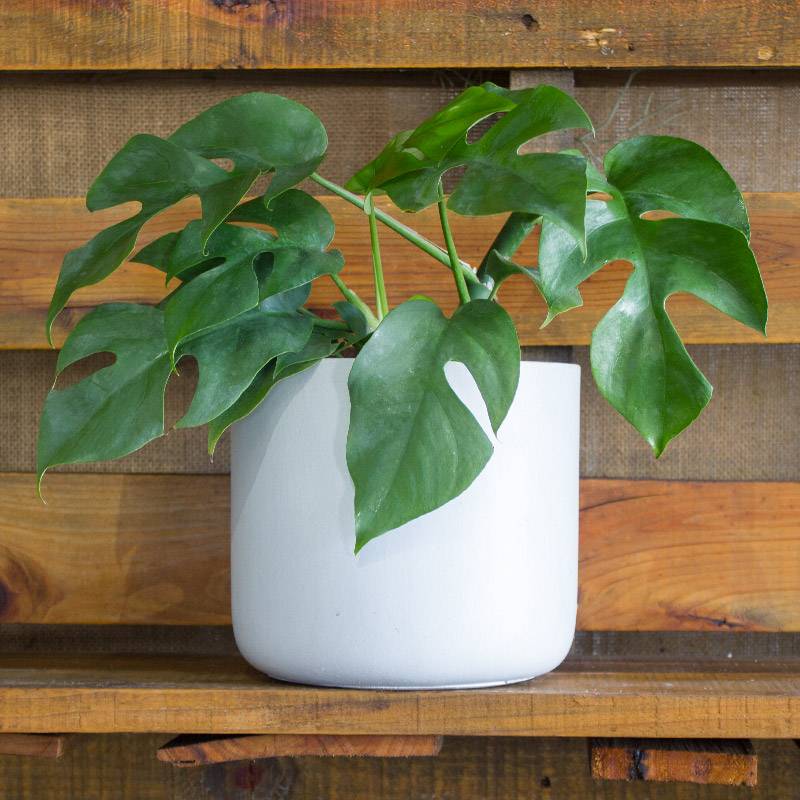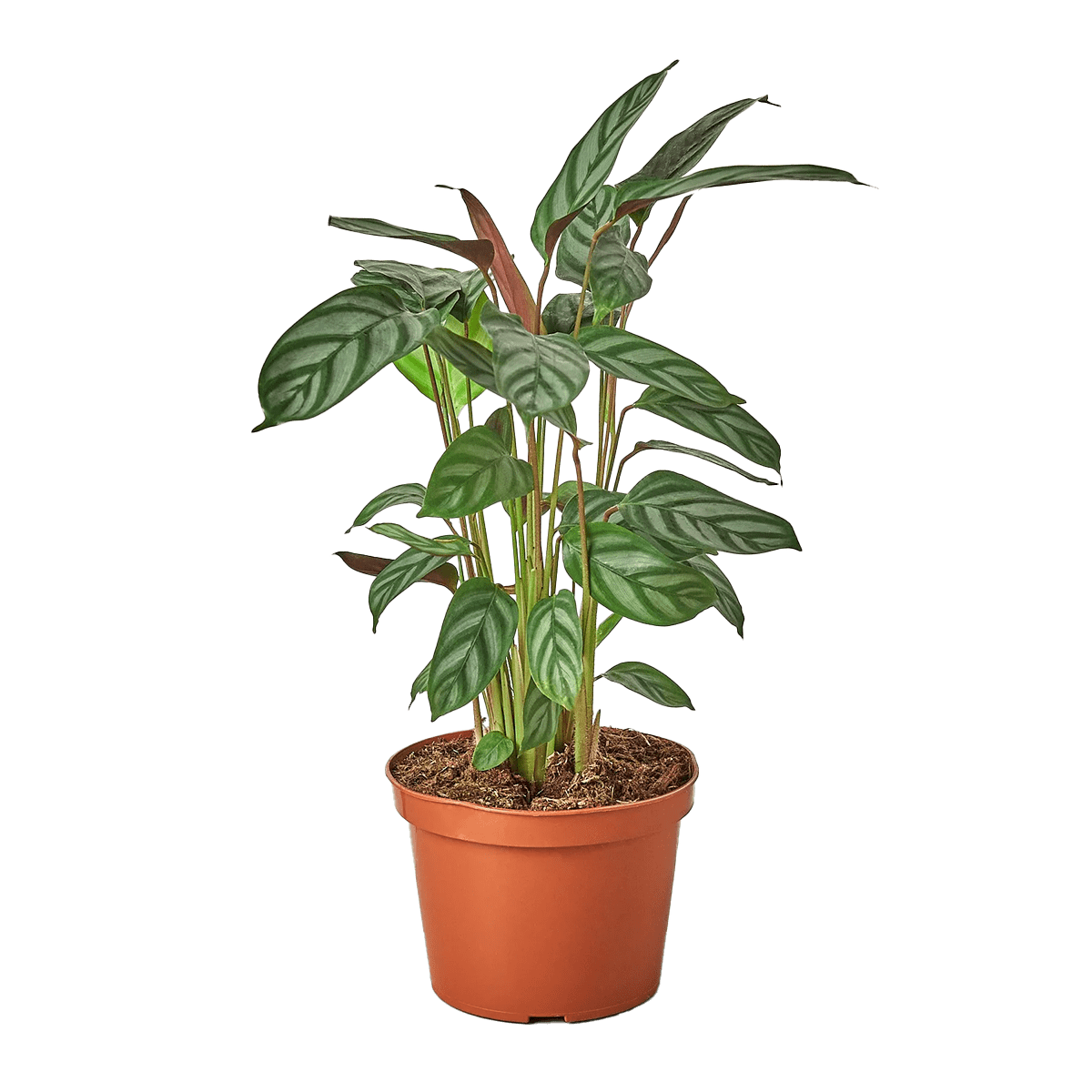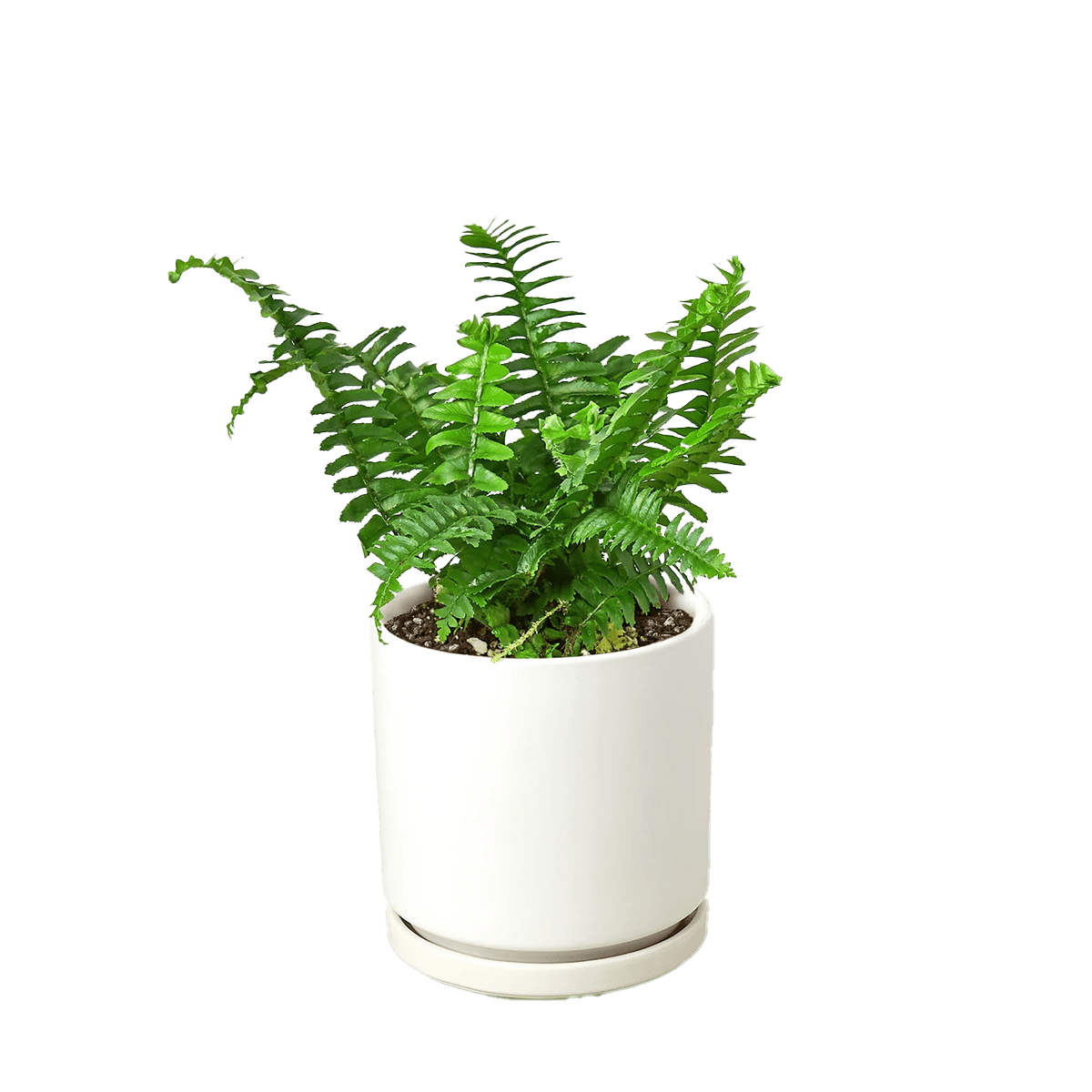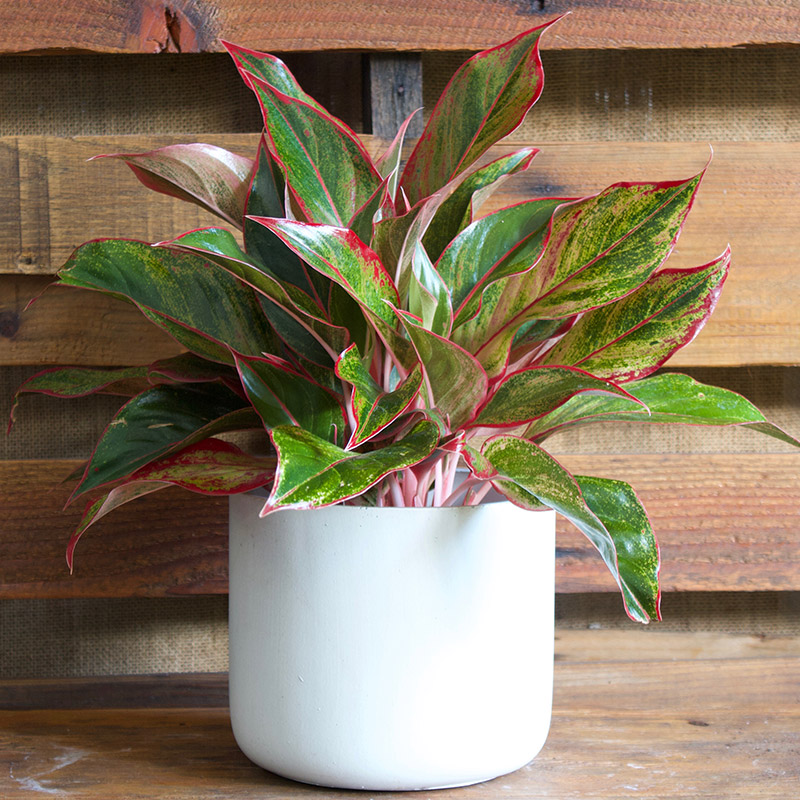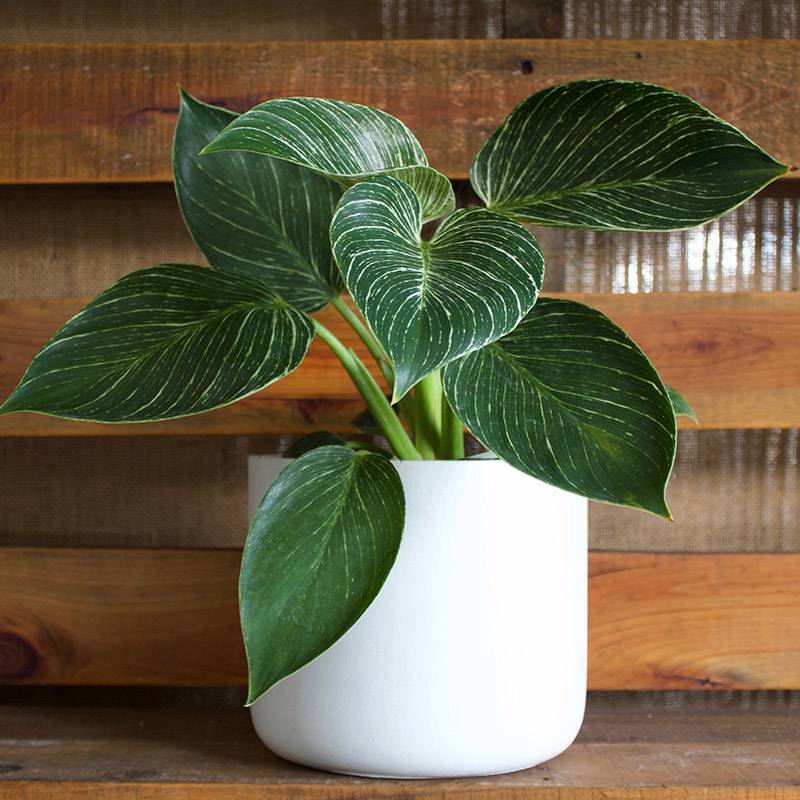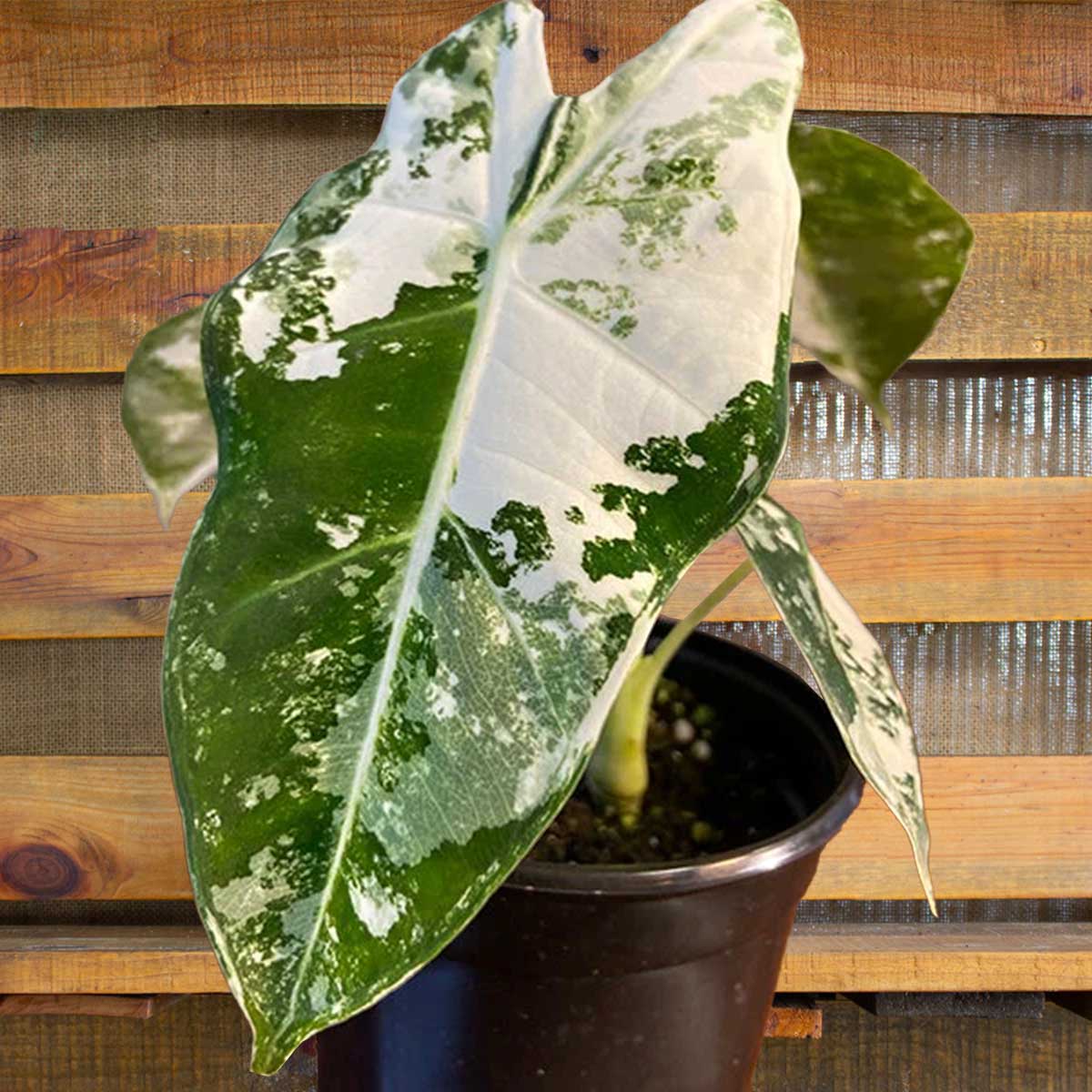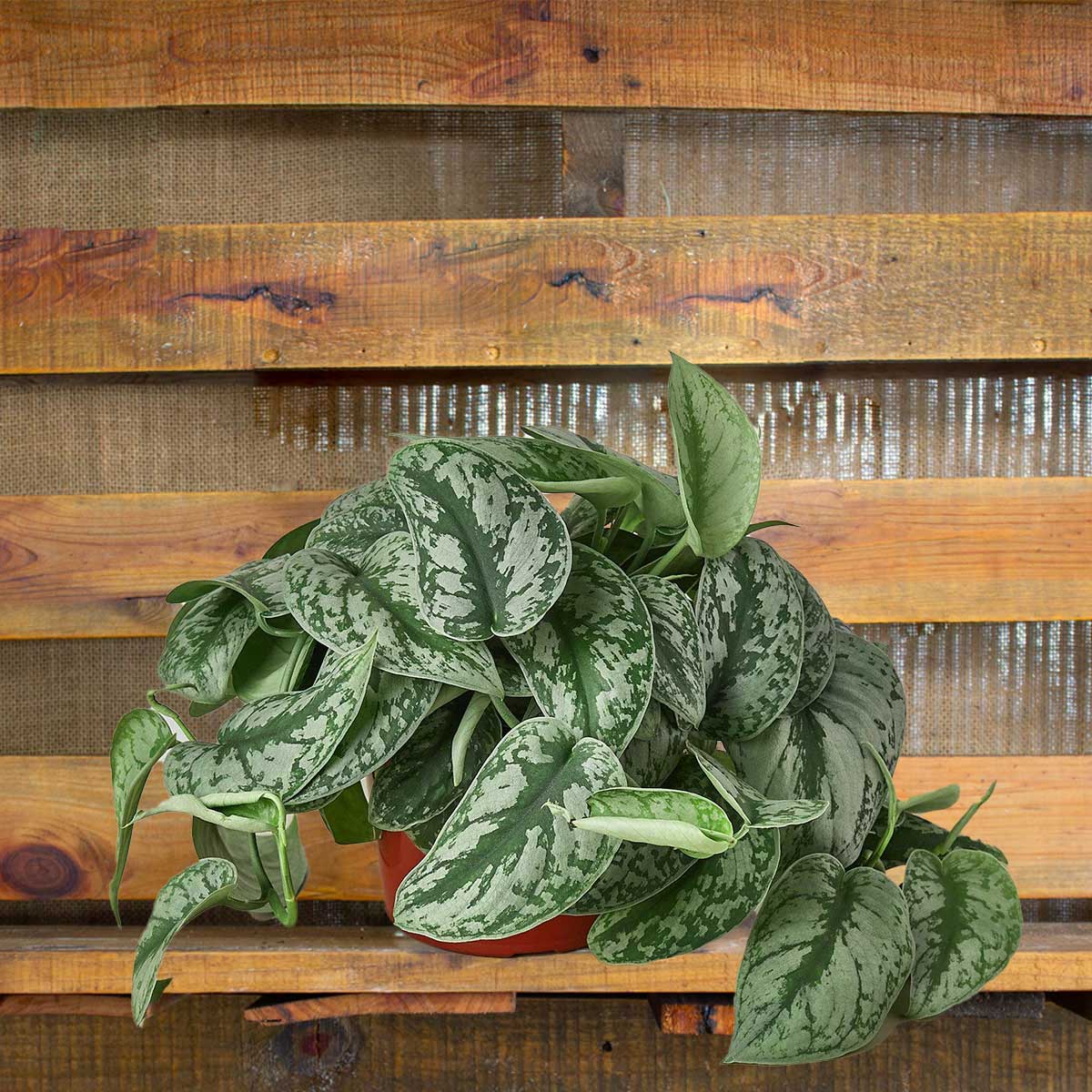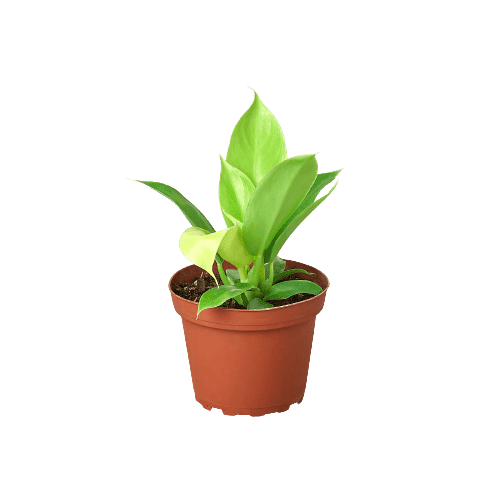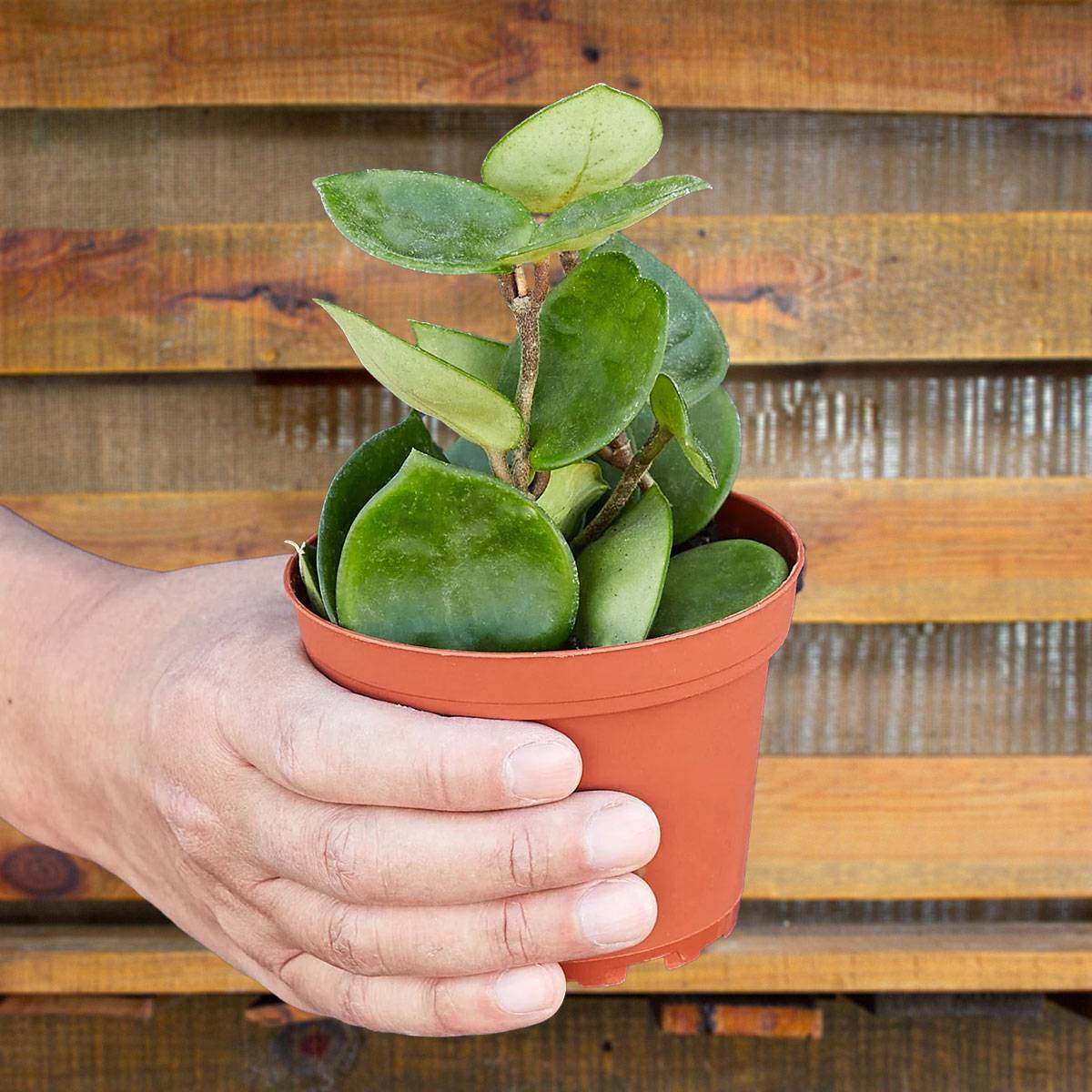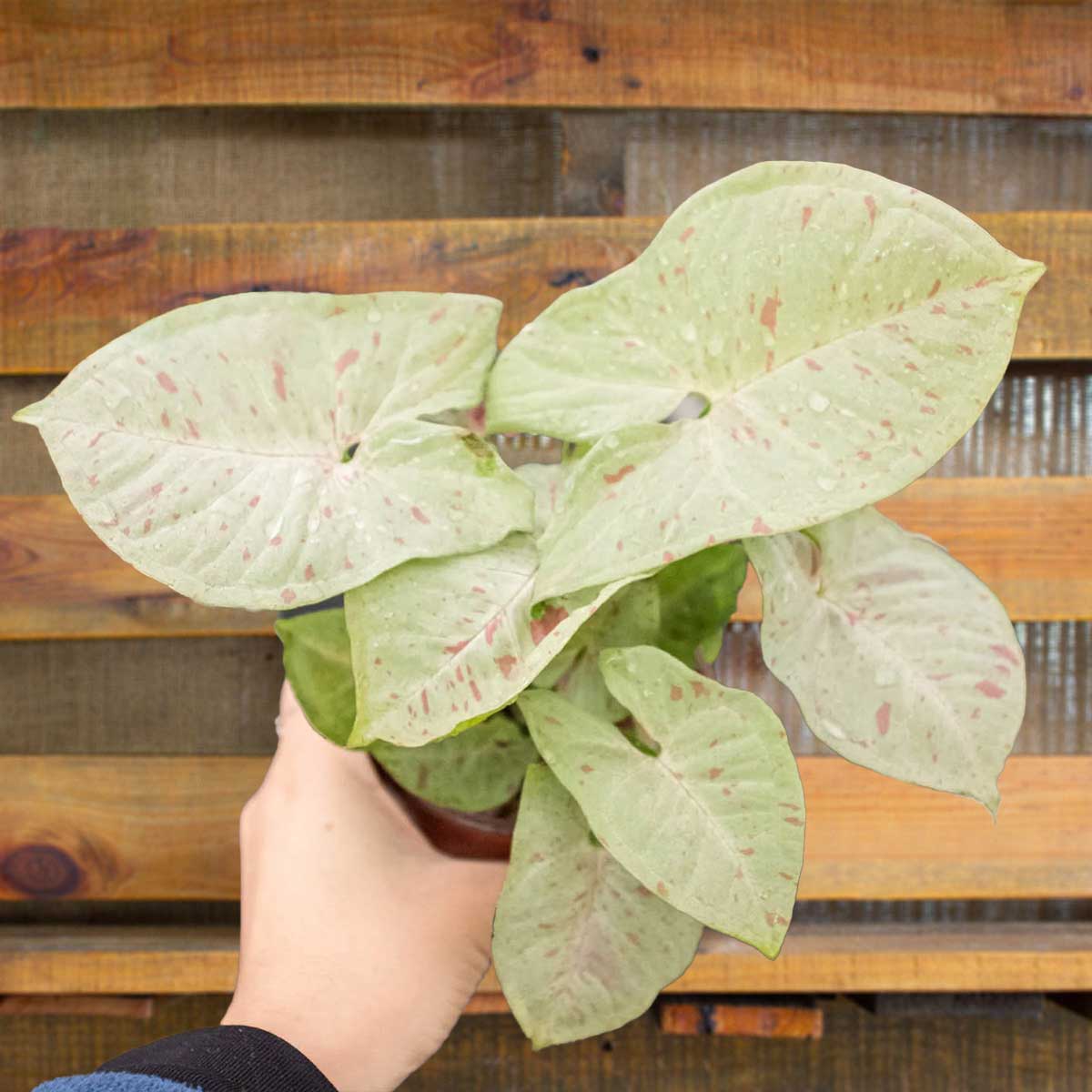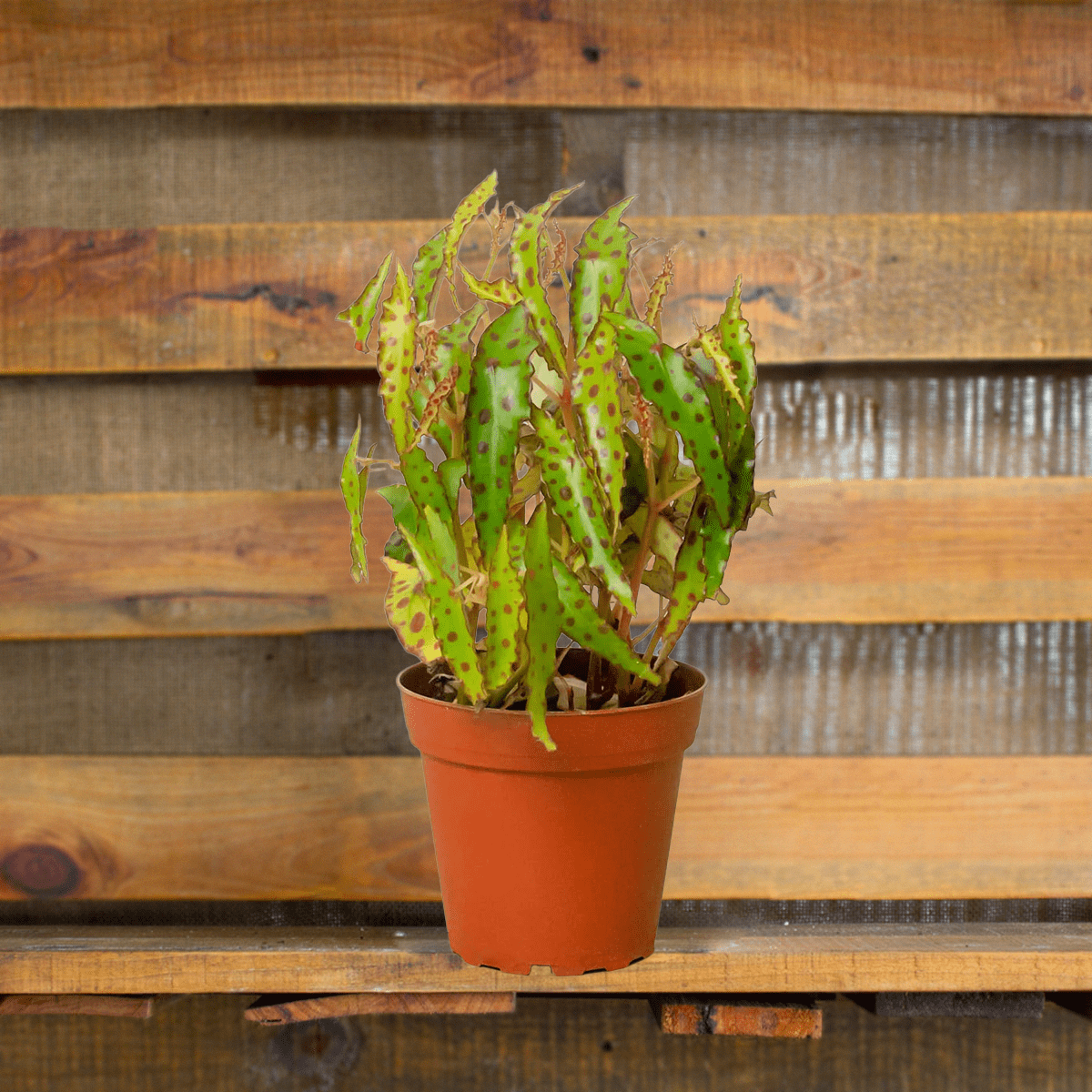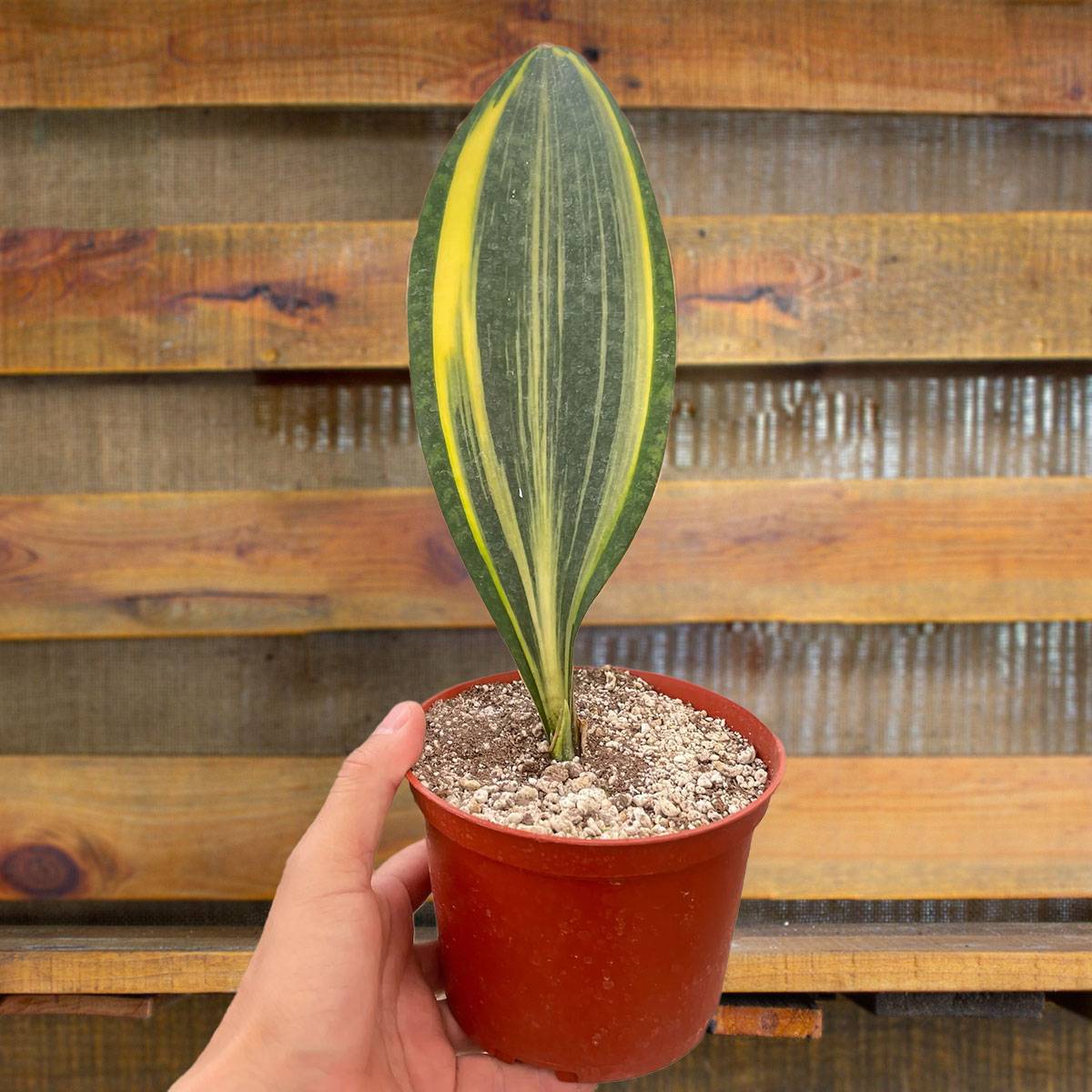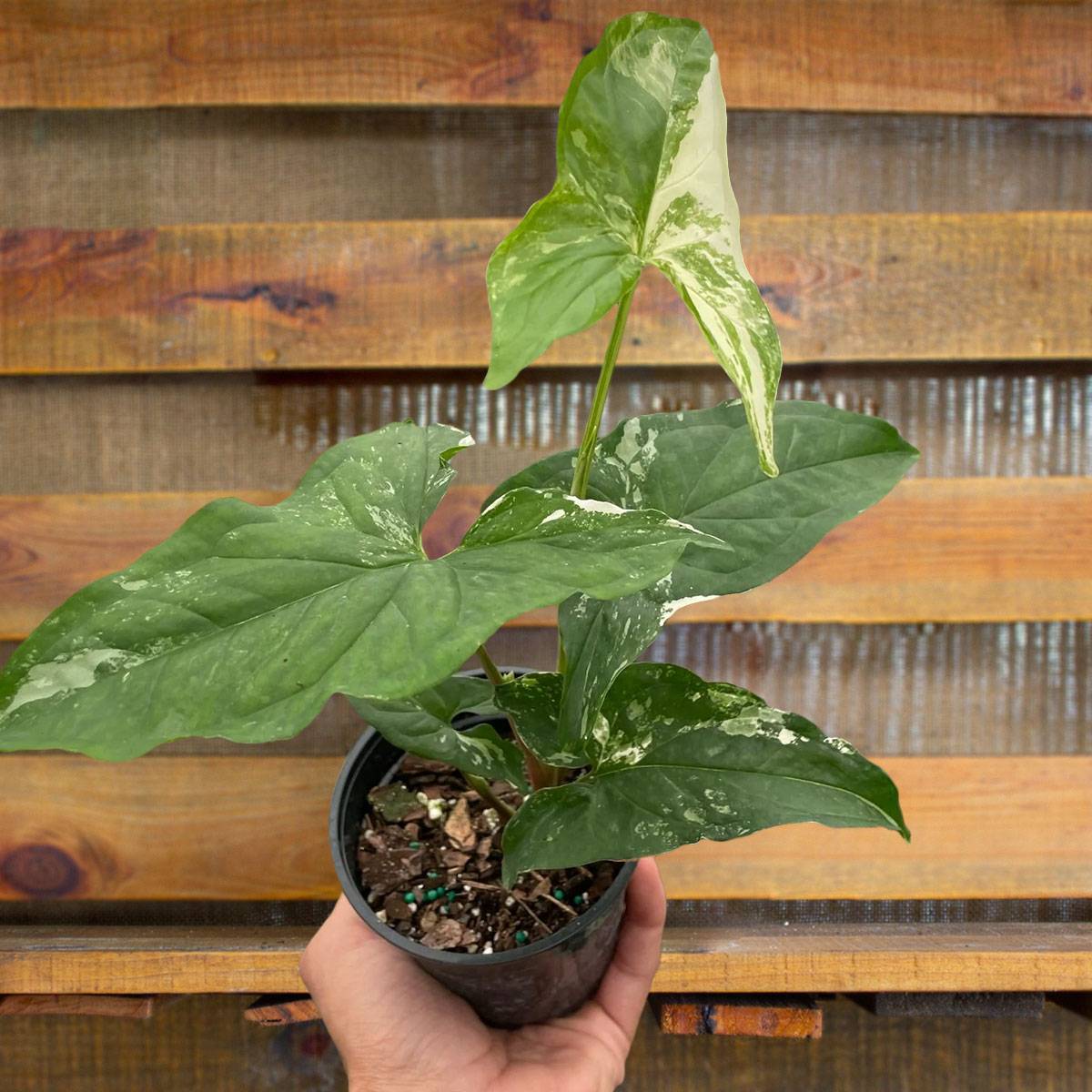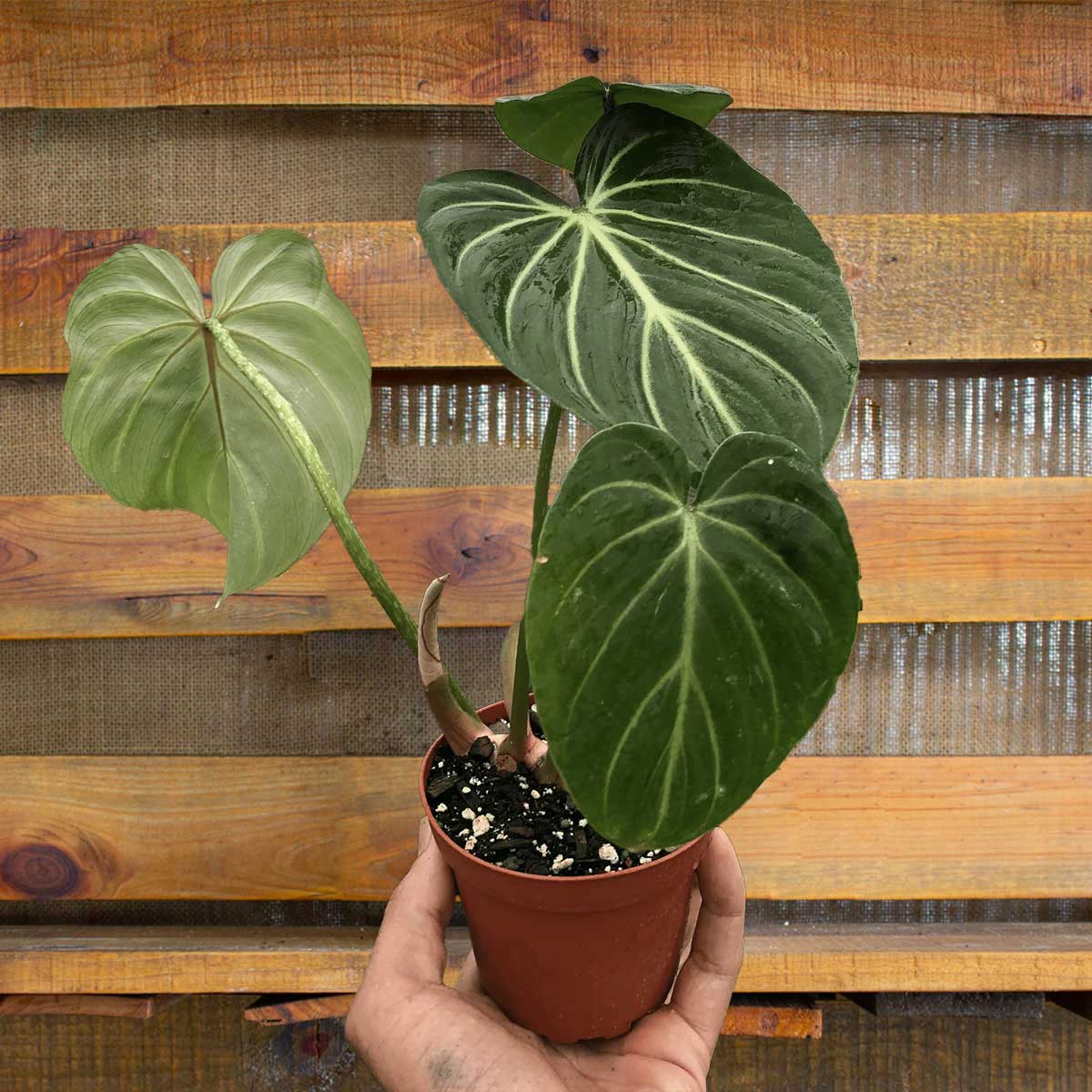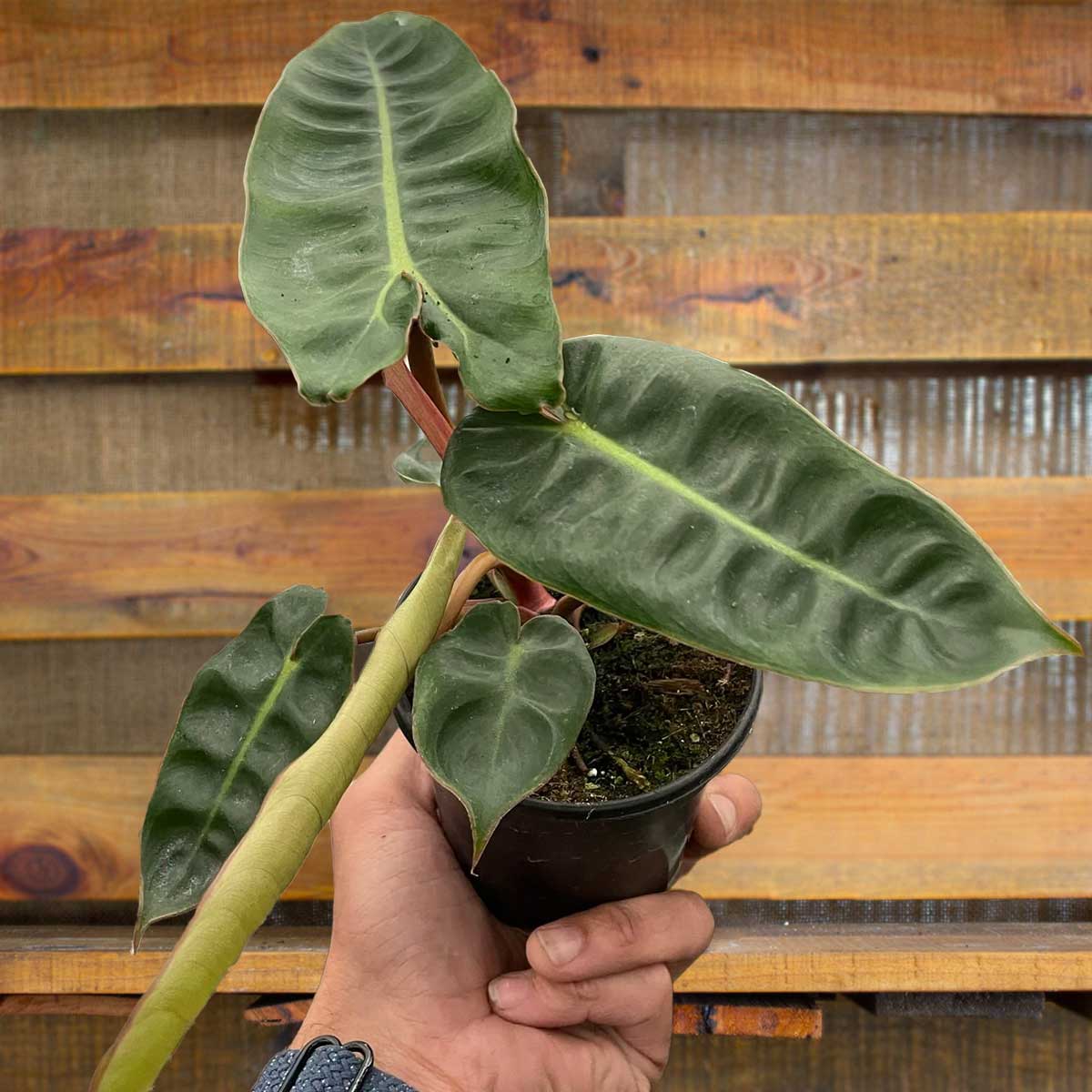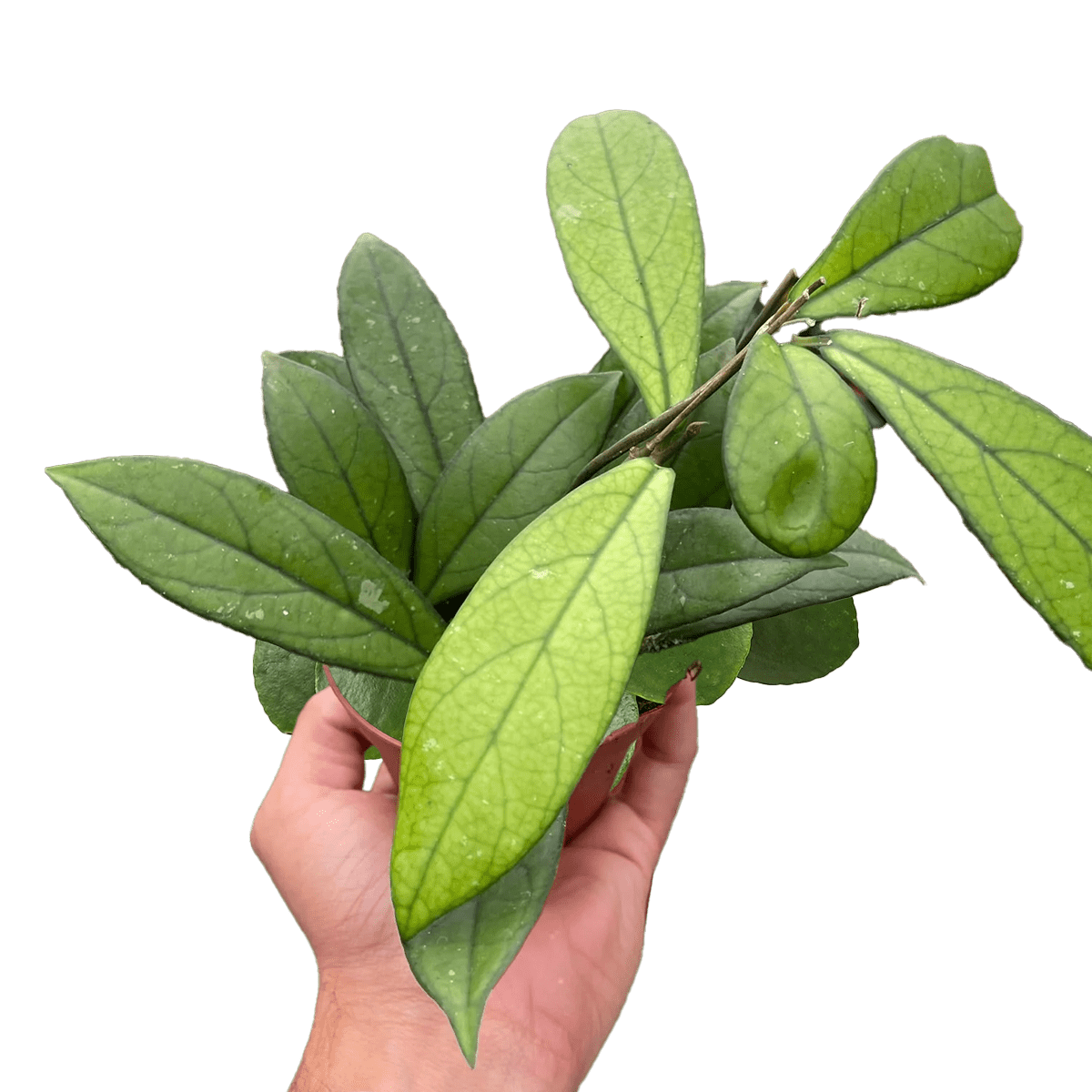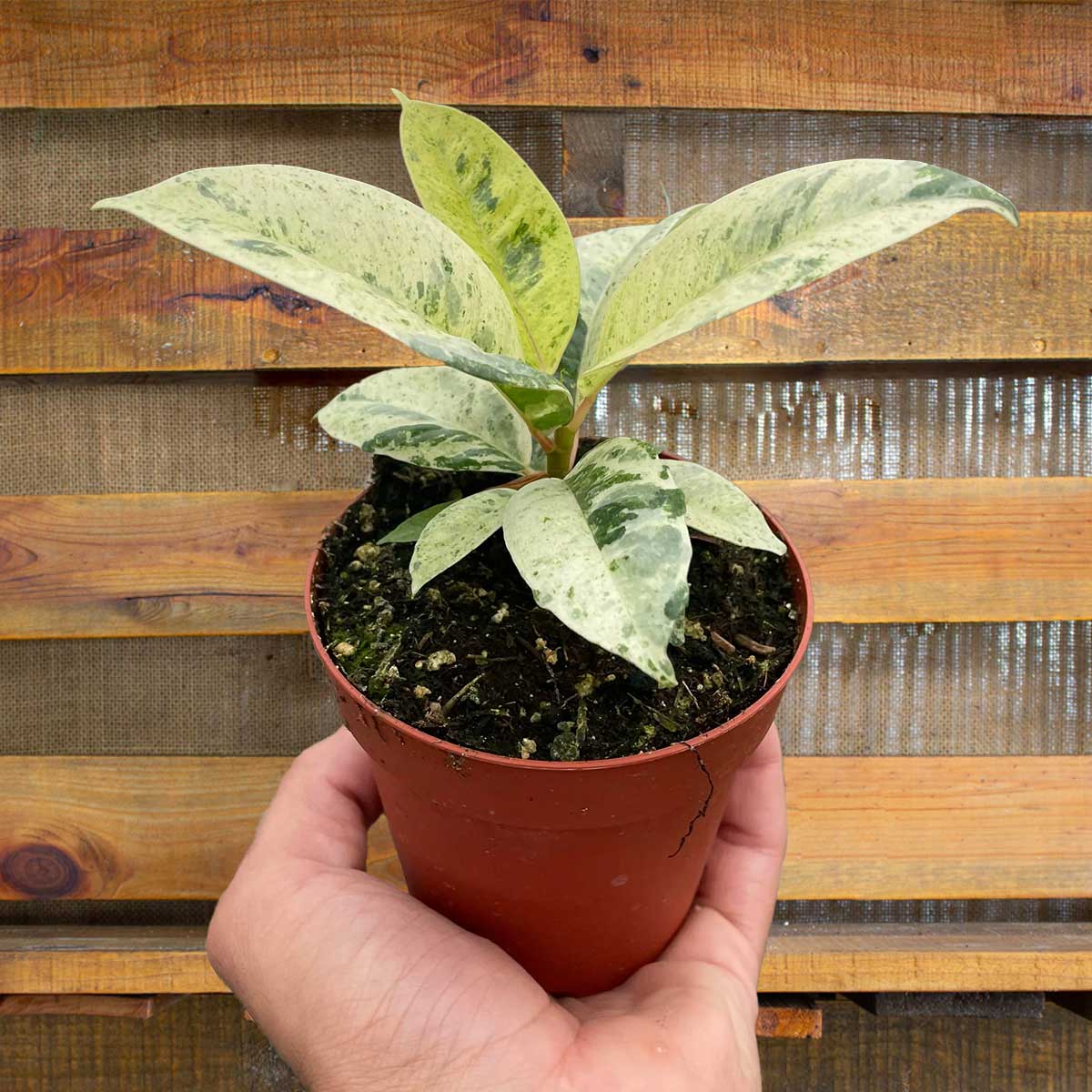Epsom Salt & Plants – Green Thumb Hack
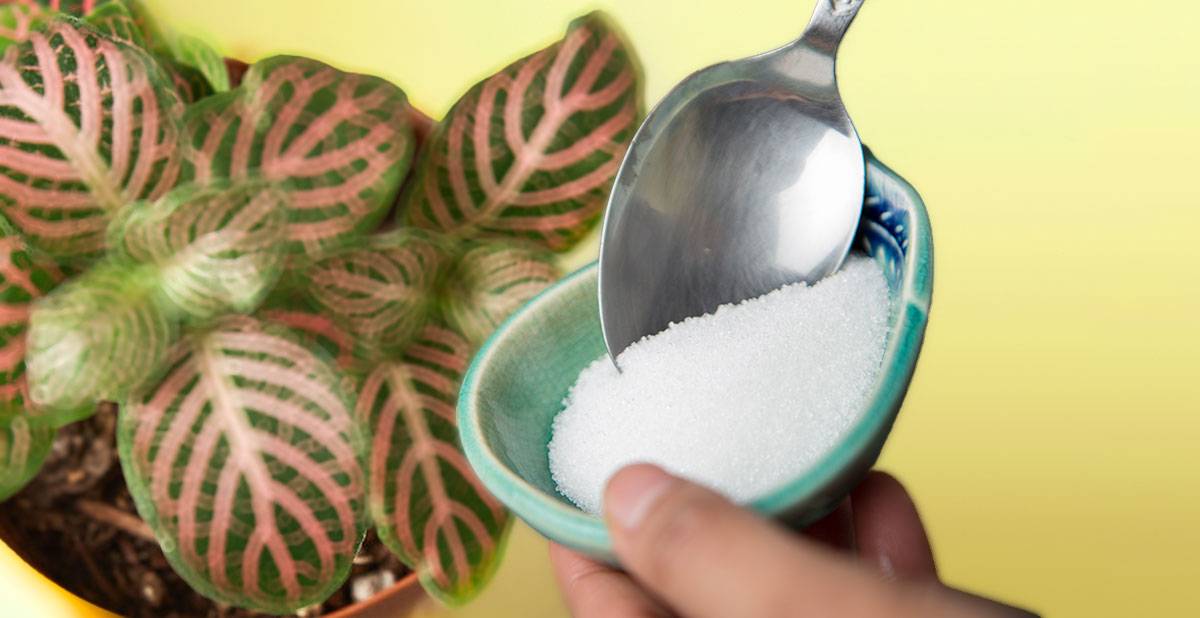
Using Epsom Salt to Boost Plant Growth
Green Thumb Hack: Epsom Salt & Plants
Looking to boost the growth of your plants? Get ready to dive into the world of Epsom salt and watch your plants thrive like never before.
With its numerous benefits for plant health, Epsom salt has become a popular green thumb hack among plant enthusiasts, nature lovers, and plant owners. But can you sprinkle Epsom salt around plants? Can you spray it on plants? Can you use scented Epsom salt or bath Epsom salt? This informative and engaging guide will explore how to use Epsom salt for plants, its potential benefits, and whether it can harm or help your beloved leafy friends.
Understanding benefits of epsom salt in plants
Epsom salt, a natural magnesium and sulfate mineral compound, is more than just a folk remedy for plant care.
It’s a proven booster for plant health. When dissolved in water, Epsom salt breaks down into magnesium and sulfate, essential nutrients plants need to flourish. So, if you’re a proud plant parent seeking to give your green friends an organic scoreboard with zero harsh chemicals, Epsom salt could be your game-changer. Strap in, folks, because your plant game is about to reach new heights!
Unveiling the Truth: Can Epsom Salt Kill Plants?
Debunking Epsom Salt Myths
The worry that Epsom salt might kill plants has circulated among plant parents, but let’s set the record straight: Epsom salt, when used correctly, does not kill plants. In fact, it can provide them with essential nutrients. However, like all good things, moderation is key. Excessive use of Epsom salt can lead to salt buildup in the soil, harming plants by disrupting the water uptake. This issue arises when Epsom salt is applied too frequently or in too large quantities. It’s essential to understand the specific needs of your plants and their existing soil conditions before application. Epsom salt is not a cure-all plant remedy and should be used as part of a balanced approach to plant nutrition. Properly used, it’s a safe and beneficial addition to your gardening toolkit, not a plant killer.
Preventing Damage: Can Epsom Salt Burn Plants?
The concern that Epsom salt could burn plants is understandable, given that chemical fertilizers can cause harm. However, Epsom salt is different. It’s less likely to cause a burn because it doesn’t contain the chloride in many chemical fertilizers. That said, overuse of any salt, including Epsom salt, can contribute to soil salinity, which in extreme cases can lead to a type of ‘burning’ or dehydration of plant roots. To prevent potential damage, it’s crucial to use Epsom salt sparingly and only when necessary—for instance, when a plant shows signs of magnesium deficiency. Before applying Epsom salt, it’s a good practice to test your soil to avoid adding too much magnesium, which can upset the nutrient balance. By using Epsom salt judiciously as a plant remedy, gardeners can avoid the risk of plant damage while reaping its benefits.
Symptoms of Magnesium Deficiency in Plants & DIY Soil Testing Methods
Depending on the level of precision you’re striving for and the resources you have at your disposal, you can choose from several methods that can gauge the magnesium need of your garden soil. Let’s unravel these soil sleuthing secrets together so your plants can bask in magnesium-rich glory!
IMPORTANT
Maximizing the Benefits of Epsom Salt
Picking the Best Epsom Salt for Plants
Choosing the suitable Epsom salt for your plants is essential for maximizing its benefits. Using pure Epsom salt without added fragrances or dyes is essential for gardening. These additives can harm plants or soil microbes. Look for a label that lists magnesium sulfate as the only ingredient. It’s also wise to opt for a product that specifies it’s suitable for gardening use. This ensures the Epsom salt is free from impurities that can negatively affect plant growth. You can usually find such products at garden centers or home improvement stores. By selecting the correct type of Epsom salt, you ensure that your plants get only the nutrients they need without any unnecessary and potentially harmful substances, making it an effective and safe plant remedy.
Strategies to Boost Plant Health Using Epsom Salt
Harnessing Epsom salt’s power as a plant remedy is not just about application but strategy.
By using these strategies, plant parents can make Epsom salt a cornerstone of your plant care regimen for more robust, vigorous, and healthier plants.

